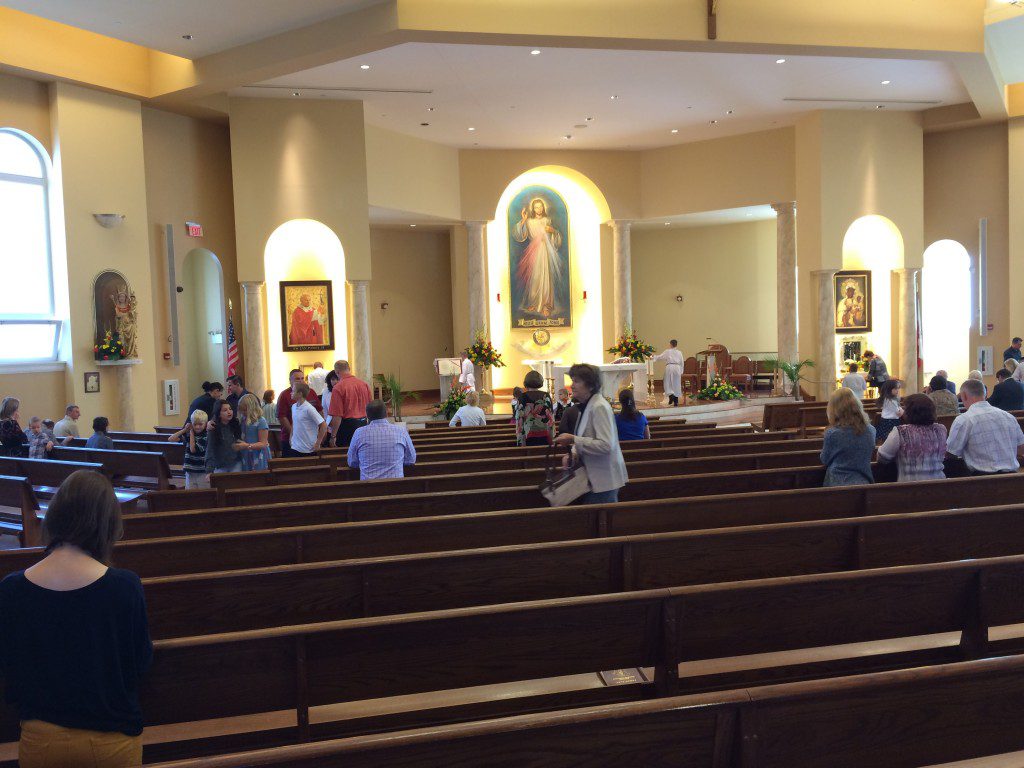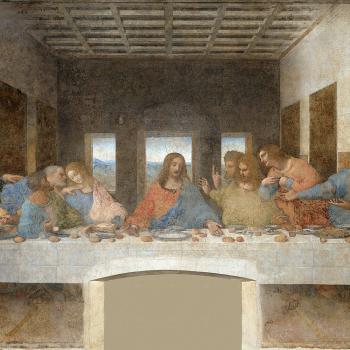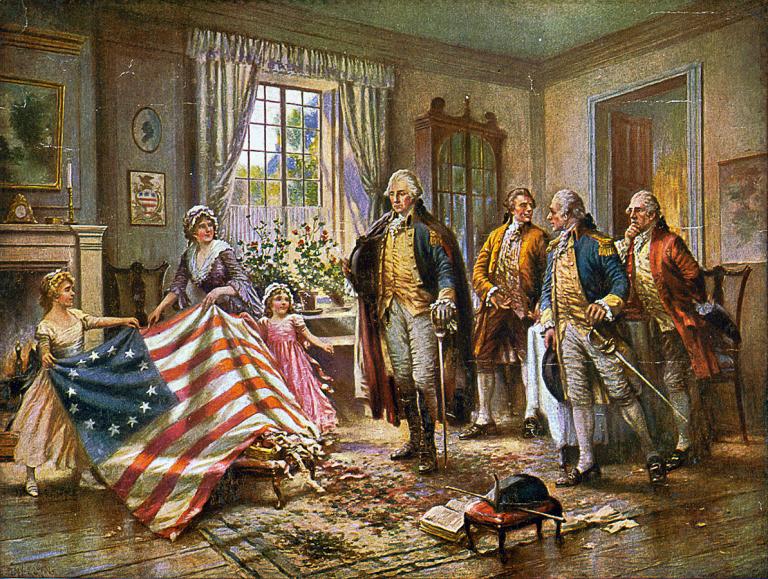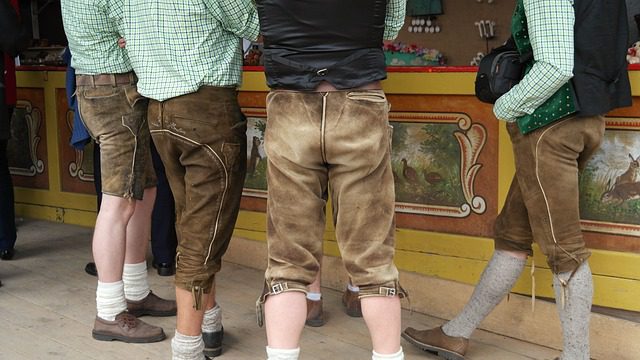
New, must-read article in The Atlantic, by Peter Beinart: “Breaking Faith; The culture war over religious morality has faded; in its place is something much worse.”
A few excerpts:
[Secularism is] making America’s partisan clashes more brutal. And it has contributed to the rise of both Donald Trump and the so-called alt-right movement, whose members see themselves as proponents of white nationalism. As Americans have left organized religion, they haven’t stopped viewing politics as a struggle between “us” and “them.” Many have come to define us and them in even more primal and irreconcilable ways. . . .
A Pew Research Center poll last March found that Trump trailed Ted Cruz by 15 points among Republicans who attended religious services every week. But he led Cruz by a whopping 27 points among those who did not. . . .
In 2008, the University of Iowa’s Benjamin Knoll noted that among Catholics, mainline Protestants, and born-again Protestants, the less you attended church, the more anti-immigration you were. . . .
Secularization is transforming the left, too. In 1990, according to PRRI, slightly more than half of white liberals seldom or never attended religious services. Today the proportion is 73 percent. . . . While white Democrats who went to religious services at least once a week backed Clinton by 26 points, according to an April 2016 PRRI survey, white Democrats who rarely attended services backed Sanders by 13 points.
Sanders, like Trump, appealed to secular voters because he reflected their discontent. . . .
The decline of traditional religious authority is contributing to a more revolutionary mood within black politics as well. Although African Americans remain more likely than whites to attend church, religious disengagement is growing in the black community. African Americans under the age of 30 are three times as likely to eschew a religious affiliation as African Americans over 50. . . . Brittney Cooper, who teaches women’s and gender studies as well as Africana studies at Rutgers, writes that the black Church “has been abandoned as the leadership model for this generation.” . . .
Black Lives Matter activists may be justified in spurning an insufficiently militant Church. But when you combine their post-Christian perspective with the post-Christian perspective growing inside the GOP, it’s easy to imagine American politics becoming more and more vicious. . . .
Maybe it’s the values of hierarchy, authority, and tradition that churches instill. Maybe religion builds habits and networks that help people better weather national traumas, and thus retain their faith that the system works. For whatever reason, secularization isn’t easing political conflict. It’s making American politics even more convulsive and zero-sum.
The author writes that there’s no clear cause-and-effect; is the increasing conflict a direct result of secularism, or are the forces that are driving secularism, also driving the increasing conflict? Is religion a moderating force on natural human tribal tendencies and, with its loss of influence, we’re just seeing the way people “normally” behave?
Certainly the triumphalist conviction of atheists, that religion is the cause of evil and, once we abandon it, better days are ahead, and we’ll all live in peace and harmony, gains no support here. Of course, they might well say that “peace and harmony” is really just complacency, and that all those religious people out there are just sheep, whereas they know better and are out their fighting for what’s right, and if that means fighting with their opponents, so be it.
What’s more, one of Beinart’s possible explanations is that, however much division there might be, a message of “universal love” might make a genuine difference to churchgoers. But I would suspect that a shared Christianity (or “Judeo-Christianity”) did bring with it a feeling of having something in common with other Americans despite differences in race, region, economic class, etc., and that, shedding that, the drive towards tribalism had one less check on it.
So, readers, where are we headed?
Image: own photograph. This is an attempt at an illustration for “empty pews” but it’s something of a cheat – taken either when people were just starting to arrive or after mass was over, I forget which.













